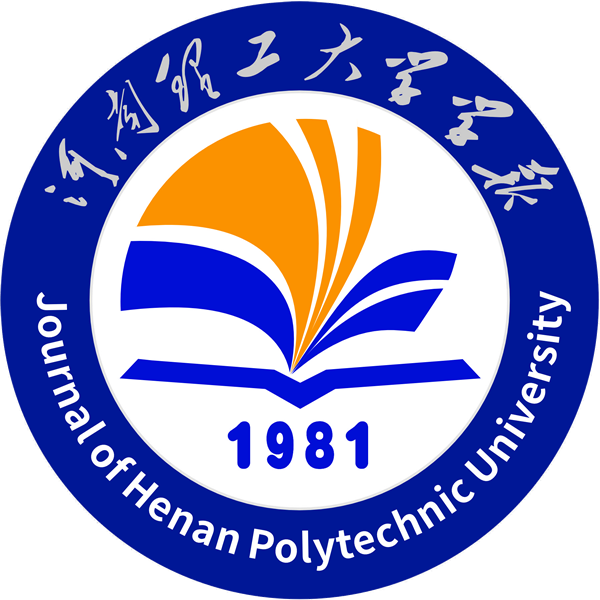| Time: 2022-11-10 | Counts: |
LI C Q, YANG M K, FU J,et al.Study on microbial remediation of underground coal gasification wastewater[J].Journal of Henan Polytechnic University(Natural Science) ,2022,41(6):8-15.
doi:10.16186/j.cnki.1673-9787.2021090028
Received:2021/09/06
Revised:2021/09/27
Published:2022/11/25
Study on microbial remediation of underground coal gasification wastewater
LI Congqiang1, YANG Mingkun1, FU Jia1, CHEN Lunjian1, XU Bing1,2, WU Yongmei3, MA Chaowei3, LIU Song4
1.Henan Key Laboratory of Coal Green Conversion,Henan Polytechnic University, Jiaozuo 454000,Henan,China;2.Collaborative Innovation Center of Coal Work Safety and Clean High Efficiency Utilization,Henan Polytechnic University,Jiaozuo 454000,Henan,China;3.Department of Chemistry and Environmental Engineering,Xinjiang Institute of Engineering,Urumchi 834000,Xinjiang,China;4.School of Materials Science and Engineering,Tongren University,Tongren 554300,Guizhou,China
Abstract:The risk of groundwater pollution caused by underground coal gasification directly limits the application of this technology.In this paper,the phenol degrading bacteria JP and naphthalene degrading bacteria KN were selected to degrade and repair the gas washing water produced by simulated underground coal gasification.After 72 hours of culture,the TOC value of gas washing water decreased by more than 80%,the types of organic pollutants decreased by nearly half,the types and concentrations of highly toxic organic pollutants represented by phenols,heterocyclic compounds and polycyclic aromatic hydrocarbons decreased significantly.The concentration of heavy metal ions decreased,and the concentration of Pb,Cd and Cu decreased greatly,even up to 100%.The results showed that the degrading bacteria could survive in underground coal gasification wastewater and could effectively remove organic pollutants and heavy metal ions.The degradation mechanism showed that JP bacteria had a cometabolism with quinoline and phenols when degrading indole in gas washing water,and its degradation of quinoline followed the pyridine ring opening pathway.The degradation of quinoline by KN bacteria had two ways as benzene ring opening and pyridine ring opening,and the degradation of aromatic hydrocarbons follows the salicylic acid path.There was a synergistic mechanism in the utilization of intermediate products and end products,which was conducive to the complete removal of organic pollutants.
Key words:underground coal gasification;organic pollution;microorganism;remediation;degradation mechanism;groundwater pollution
- 附件【002_2021090028_李从强_H.pdf】Download 次

